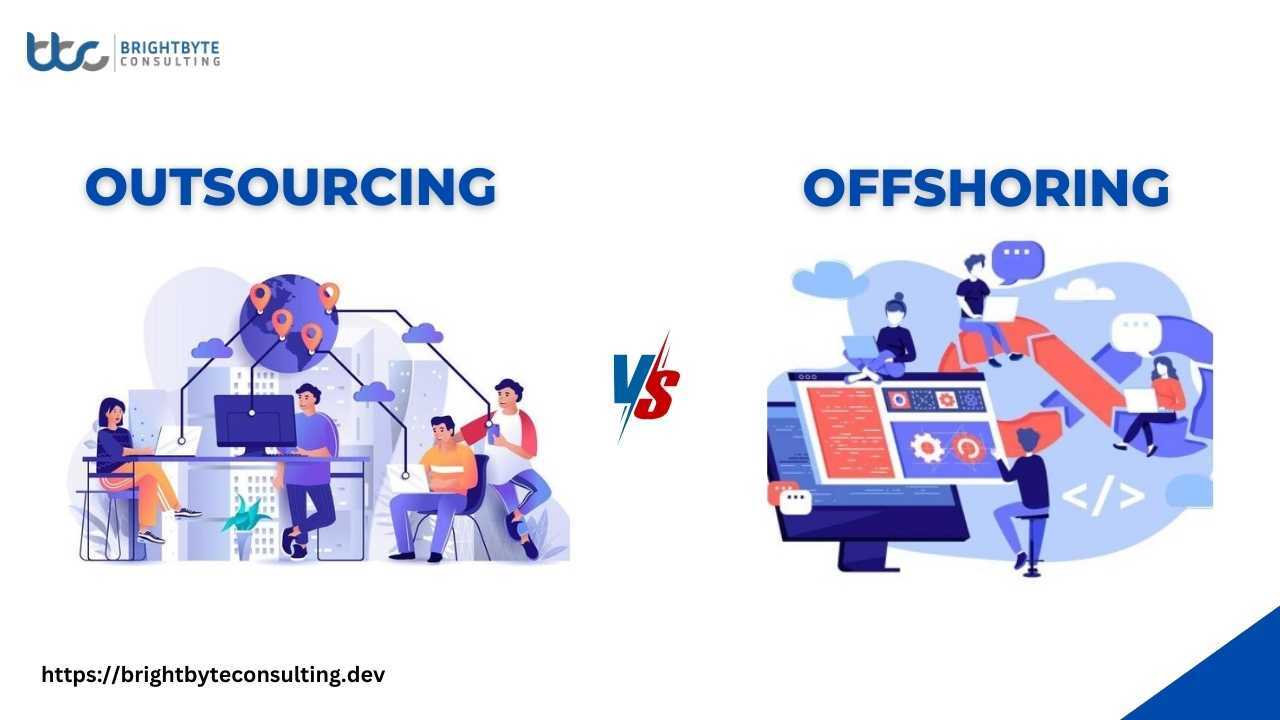Maximize your marketing impact and watch your investments turn into powerful returns. It’s not just about spending; it’s about winning with marketing ROI. Checking how well your marketing strategy is doing is crucial. You want to see if it’s actually helping your company make more money. By figuring out the impact of your marketing, you can make smarter decisions in the future. This process is called “return on investment” or ROI. Let’s have a detailed look at what ROI is and how it helps businesses.
What is ROI in Marketing?
Marketing ROI means figuring out how much money your marketing efforts make for your business. It helps you see if your marketing campaigns are actually bringing in more profit and revenue. By calculating this, you can understand how much your marketing contributes to making your business grow. People often use marketing ROI to decide how much money to spend on marketing in the future. It’s a way of making sure your marketing investments are paying off and guiding your decisions for the next campaigns.
Why is ROI important?
ROI is important because of several reasons, some of which are listed below:
- Before starting a new campaign, understand your numbers, even if they’re estimates.
- Benchmarks help set targets to measure the success of your campaign.
- Modern marketing involves complex strategies across digital and traditional platforms, beyond just bringing in traffic.
- To make informed decisions on budget and time allocation, know the cost of each marketing strategy.
- Understanding marketing costs allows for better decisions in creating profitable revenue streams for your business.
- Different types of marketing ROI include revenue/bookings, cost per acquisition (CPA) ratio, sales cycle days, engagement duration, and customer lifetime value (CLTV).
- It’s crucial to know the difference between each type of ROI, such as revenue/bookings measured in net sales or bookings and CPA measured in sales or marketing leads.
- Regardless of the ROI type, most calculations follow a similar method.
How To Calculate Marketing ROI?
To calculate marketing ROI, you use a formula. Here it is in simple terms:
- Marketing ROI = (Sales Growth – Marketing Cost) / Marketing Cost
This formula helps you understand how much impact your marketing has on sales. But it assumes that all sales growth is because of marketing. To be more realistic, you should consider organic sales as well:
- Marketing ROI = (Sales Growth – Organic Sales Growth – Marketing Cost) / Marketing Cost
Now, let’s look at some key things to factor into your marketing ROI calculations:
Total Revenue: This is the money generated from the campaign. Knowing total revenue gives a clear view of your efforts.
Gross Profit: This helps you understand how much money your marketing efforts generate compared to the cost of making or delivering goods and services.
Net Profit: Going deeper, you can calculate the impact on net profit by considering additional expenses.
Remember, you should consistently define what profit and expenses you’ll include in your ROI calculation:
- Overhead and internal expenses
- Agency fees
- Media buys
- Creative
You can also calculate ROI using customer lifetime value (CLV), which shows the value of each customer relationship over time:
- Customer Lifetime Value = (Retention Rate) / (1 + Discount Rate / Retention Rate)
These formulas help you measure the success of your marketing efforts in simple terms.
Why Do Companies Use Marketing ROI?
Companies use marketing ROI to make smart decisions and improve their marketing efforts. Here’s how it helps:
Justify Marketing Spending
- Companies need to explain why they’re spending money on marketing.
- Marketers use ROI to show if their campaigns are bringing in more money than they cost.
- This helps them secure budget and resources for future campaigns.
Distribute Marketing Budgets
- Companies have many options for online and offline marketing.
- Knowing which efforts bring in the most money helps decide where to spend the marketing budget.
Measure Campaign Success
- A successful marketing team needs to measure how well their campaigns do.
- ROI helps in understanding the impact of each campaign on overall revenue growth.
- Marketers can learn what works and set goals for future campaigns.
Competitive Analysis
- Companies want to know how they’re doing compared to others in the industry.
- Tracking the marketing ROI of competitors helps in staying competitive.
- By comparing publicly available financial data, companies can estimate competitors’ ROI and adjust their strategies.
In simple terms, marketing ROI helps companies spend money wisely, figure out where to focus their efforts, and make sure they’re doing as well as or better than their competitors.
Challenges of Marketing ROI
Measuring marketing ROI has some challenges. Let’s break them down in simple terms:
Simplistic Measurements
- Calculating ROI might seem easy, but it’s not always that simple.
- You need a clear baseline for sales, and external factors like weather or events can affect campaign success.
Short-Term Focus
- Many marketers look at immediate metrics like clicks or shares.
- But some campaigns aim for long-term goals like building awareness or customer relationships, and these take time to show results.
Omnichannel Complexity
- Modern campaigns use many online and offline channels.
- Measuring ROI for specific channels doesn’t give the full picture. It’s about understanding the impact of all touchpoints.
Multiple Touchpoints
- It takes several interactions before a customer decides to buy.
- To measure ROI well, you need to understand how each online and offline interaction contributes to the overall impact.
Outdated Attribution Models
- Attribution models (how you give credit to each touchpoint) can be outdated.
- Using models that don’t consider offline channels and external factors can give inaccurate ROI measurements.
Conclusion
In summary, measuring Marketing ROI is crucial but comes with challenges. Simplistic measurements, a focus on short-term metrics, omnichannel complexity, multiple touchpoints, and outdated attribution models add intricacy. Marketers must move beyond basic metrics, align goals with metrics, and adapt to the diverse marketing landscape. Overcoming these challenges empowers informed decisions, justifies budgets, and ensures competitiveness. Continuous refinement of measurement approaches is key in mastering Marketing ROI in an evolving marketing landscape.
FAQs
What is Marketing ROI?
Answer: Marketing Return on Investment (ROI) is a measure that evaluates the profitability of marketing initiatives by comparing the gain from the investment to its cost.
Why is Measuring ROI Important?
Answer: Measuring ROI helps businesses understand the effectiveness of their marketing efforts, justifying expenses, optimizing budgets, and ensuring a competitive edge.
What Challenges Exist in Measuring Marketing ROI?
Answer: Challenges include simplistic measurements, a focus on short-term metrics, managing omnichannel complexity, understanding multiple touchpoints, and dealing with outdated attribution models.
How Can Companies Overcome Measurement Challenges?
Answer: Overcoming challenges involves adopting nuanced metrics, aligning success with campaign goals, adapting to omnichannel strategies, considering various touchpoints, and updating attribution models.
What Metrics Should Marketers Focus on for ROI?
Answer: Metrics include total revenue, gross profit, and net profit. Customer Lifetime Value (CLV) is also crucial for assessing long-term ROI across the consumer lifecycle.
Why is Long-Term Focus Important in Measuring ROI?
Answer: Some campaigns, focused on brand awareness or customer relationships, take time to show results. Measuring long-term impact ensures a comprehensive evaluation of marketing efforts.
How Does Measuring ROI Affect Budget Allocation?
Answer: Measuring ROI helps justify current spending, allocate budgets effectively, and prioritize efforts that deliver the most significant return, ensuring resource optimization.











